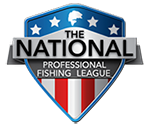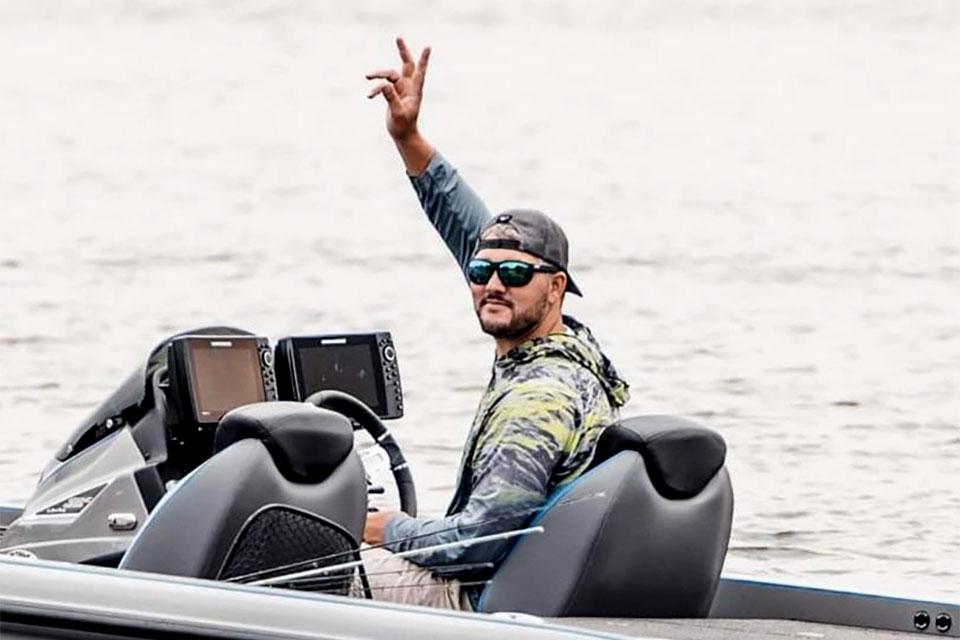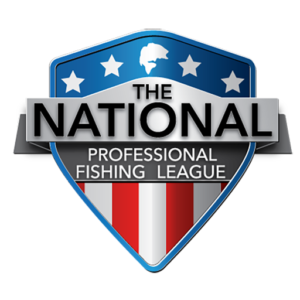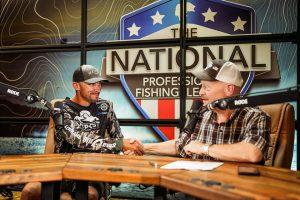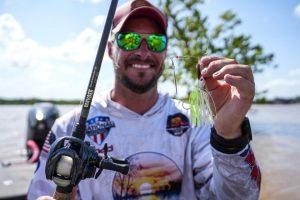Story by Corey Casey | Photos by Tanner & Travis Lyons
When it comes to preparing for a bass tournament, my practice process isn’t just about fishing. It’s about learning, experimenting, and building a game plan that can adapt to whatever the lake throws at me. Every event starts long before my boat ever touches the water, and I treat each step like it’s as important as the tournament itself.
Step 1: Start with Public Information
My preparation begins with research. I dig into every piece of public information I can find—videos, articles, old tournament recaps, and fishing reports about the body of water I’ll be fishing. I pay attention to seasonal patterns for that time of year, historic winning patterns, water clarity, common forage, and anything else that might give me a starting point.
This information rarely hands me the winning pattern on a silver platter, but it points me in a direction. It tells me what the lake might be doing, what types of areas could be productive, and what styles of fishing have historically played there. That way, when practice starts, I’m not running around blind. I’ve already got a loose plan of attack.
Step 2: Find a Way to Get Bites
Once I hit the water, my first objective is simple: figure out a way to get bites. I’m not worried about size yet—just getting bit. That tells me two important things:
1. The areas of the lake where I can actually catch fish.
2. The presentations and techniques that work under the current conditions.
Sometimes that means fishing obvious spots just to see if they’re holding life. Other times, it’s trying multiple baits until one gets a reaction. My goal here is simply to build a foundation. Once I can consistently get bites, I can start fine-tuning.
Step 3: Improve the Quantity of Bites
After I find a starting pattern, my second objective is to see if I can multiply it. If I get a bite on a certain stretch, I’ll run that pattern in different sections of the lake. If a certain bait gets hit, I’ll test variations of it—different sizes, colors, and retrieves—to see if I can catch fish more frequently.
This stage is about efficiency. The more I can duplicate the bite, the more reliable my pattern will be when tournament day comes. It’s also the stage where I’m not afraid to experiment with small tweaks, because even a minor adjustment can turn a few bites into a dozen.
Step 4: Locate Quality Fish
Once I’ve got a bite pattern I can repeat, my third objective is to upgrade my quality. That means searching for areas or techniques that consistently produce bigger fish. I might start fishing offshore if I’ve been shallow or targeting isolated cover instead of community holes.
This is where moving around the lake becomes important. I’m not afraid to put in miles, fish entirely different sections, or change techniques completely. The goal is to find the “big bite” potential without losing touch with the numbers pattern I already found. On tournament day, that balance between quantity and quality is often the difference between an average check and a top 10 finish.
Step 5: Embrace Movement in Practice
One mistake I see anglers make in practice is camping in one spot for too long. For me, practice is the time to cover water, explore new areas, and get a feel for the entire lake. I’d rather fish twenty different sections and learn a little about each than spend all day on one flat. The more areas I understand, the more backup options I have when something changes.
Step 6: Know That Practice Isn’t the End of the Story
No matter how good my practice is, I know I’ll still have to figure some things out during the actual tournament. Conditions change—weather, water clarity, fishing pressure—all of it can shift my pattern. That’s why I treat practice as preparation, not a finished plan.
Each tournament day will require key decisions: where to start, when to adjust, and when to commit. The best practice in the world won’t help if I’m not willing to adapt on the fly.
In the end, my practice process is about building a roadmap, not writing the whole story. Public information gives me direction, my on-the-water time gives me the details, and my decisions during the tournament bring it all together. The goal is to show up on Day 1 with confidence, but also the flexibility to change when the fish—or the conditions—tell me to.
Corey Casey – Angler Profile
